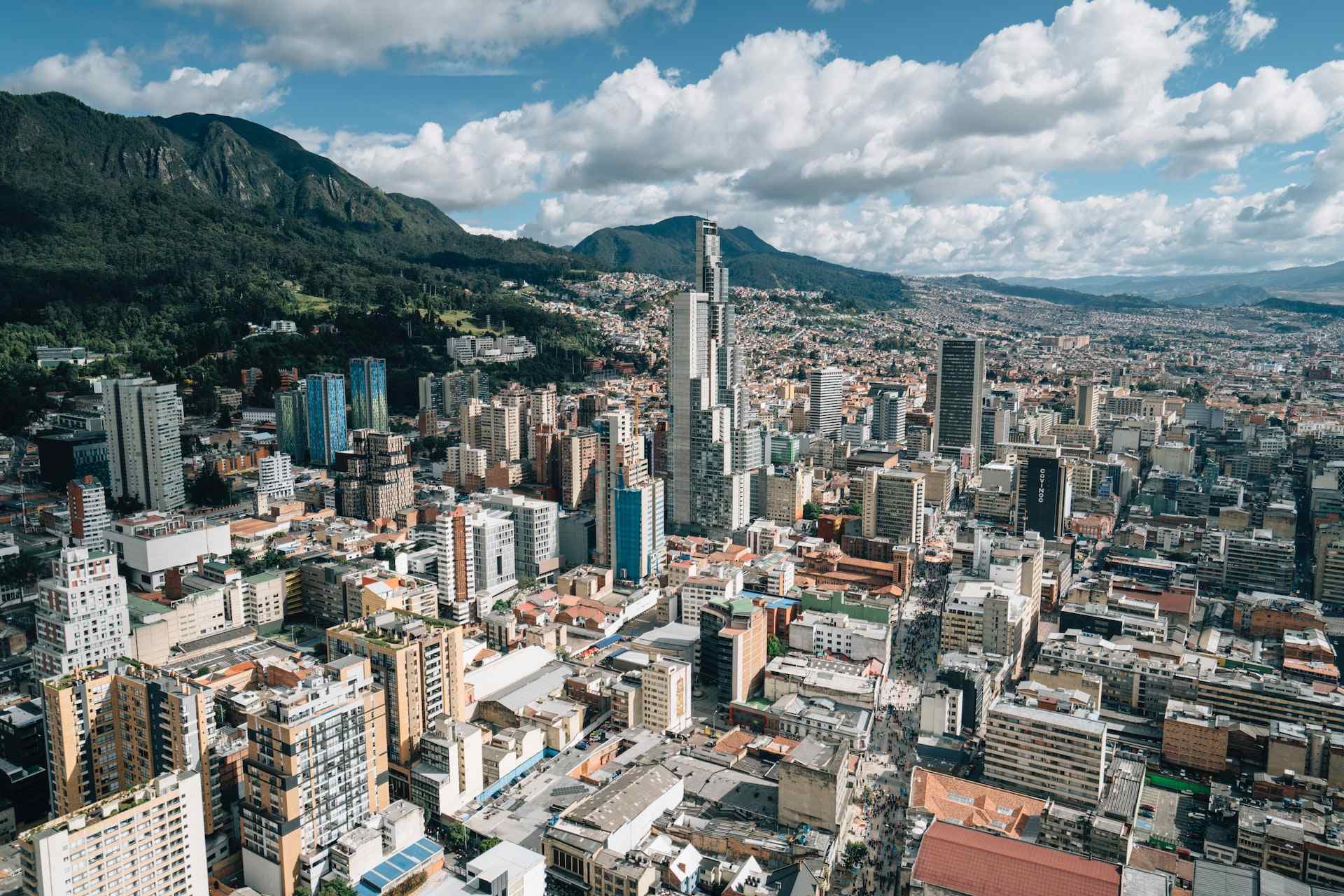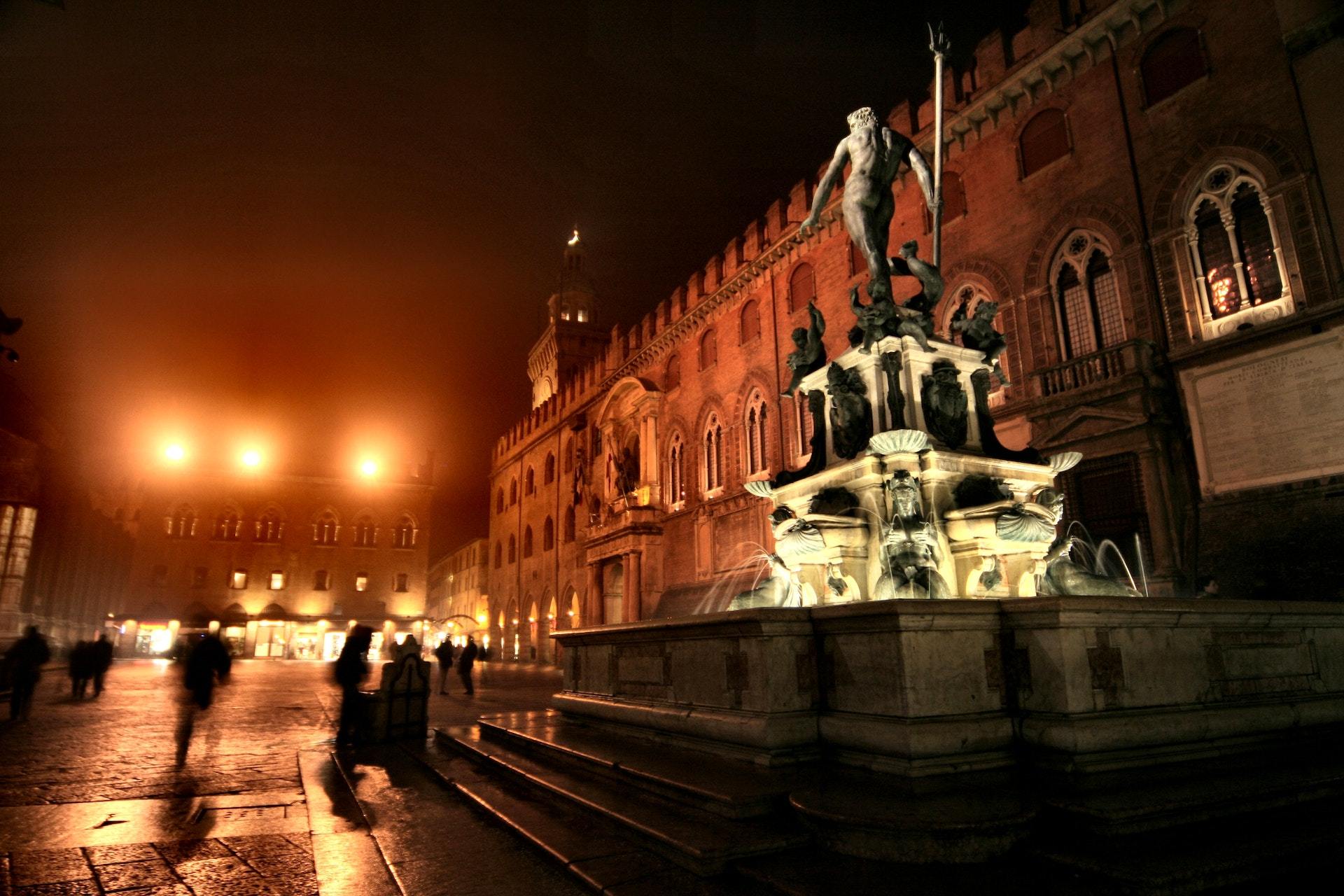Bohol museums are a window into the rich history and culture of the island province. From showcasing ancient artifacts to contemporary art, these museums offer visitors a glimpse into the diverse heritage of Bohol. In this article, we will take a closer look at some of the most popular museums in Bohol and the types of art and artifacts on display, special exhibitions, history and background, and availability of guided tours.
1. Baclayon Church Museum
The Baclayon Church Museum is a must-see for history buffs. The museum is located in the Baclayon Church, which is one of the oldest stone churches in the Philippines. The church was built in 1596 by the Jesuits and is a fine example of Spanish colonial architecture. The museum displays a collection of ancient artifacts, including religious items, ceramics, and tools used by the early inhabitants of the island.
Exhibitions
The museum has a permanent exhibition of the history of the Baclayon Church, including the history of the Jesuits in Bohol and the island’s early inhabitants. There are also special exhibitions held throughout the year, showcasing different aspects of Bohol’s history and culture.
Guided Tours
Guided tours are available for visitors to the Baclayon Church Museum. The tours are led by knowledgeable guides who can provide in-depth information about the history and architecture of the church and the artifacts on display.
2. Blood Compact Site Museum
The Blood Compact Site Museum is located in Barangay Bool, Tagbilaran City, Bohol. It is the site where the famous “Sandugo” or blood compact between Spanish conquistador, Miguel López de Legazpi and local chieftain, Datu Sikatuna, took place in 1565. The museum has a collection of artifacts related to the history of the blood compact and the Spanish colonization of the Philippines.
Exhibitions
The museum has a permanent exhibition of the history of the blood compact, including the history of the Spanish colonization of the Philippines. There are also special exhibitions held throughout the year, showcasing different aspects of Bohol’s history and culture.
Guided Tours
Guided tours are available for visitors to the Blood Compact Site Museum. The tours are led by knowledgeable guides who can provide in-depth information about the history and significance of the blood compact and the artifacts on display.
3. Tagbilaran City Heritage Museum
The Tagbilaran City Heritage Museum is located in Tagbilaran City, Bohol. The museum has a collection of artifacts and artworks related to the history and culture of Tagbilaran City and Bohol. The museum is housed in a restored heritage building, which was once the residence of a prominent Tagbilaran City family.
Exhibitions
The museum has a permanent exhibition of the history of Tagbilaran City, including the history of its prominent families and their contributions to the city. There are also special exhibitions held throughout the year, showcasing different aspects of Bohol’s history and culture.
Guided Tours
Guided tours are available for visitors to the Tagbilaran City Heritage Museum. The tours are led by knowledgeable guides who can provide in-depth information about the history and significance of the artifacts and artworks on display.
In conclusion, Bohol museums area great way for visitors to learn about the island’s rich history and culture. From showcasing ancient artifacts to contemporary art, these museums offer a glimpse into the diverse heritage of Bohol. Whether you’re interested in the Spanish colonization of the Philippines, the history of Tagbilaran City, or the famous “Sandugo” blood compact, there’s something for everyone at these popular museums. Each museum offers guided tours, which are led by knowledgeable guides who can provide in-depth information about the history and significance of the artifacts and artworks on display. So if you’re planning a trip to Bohol, be sure to include a visit to one or more of these museums in your itinerary.



